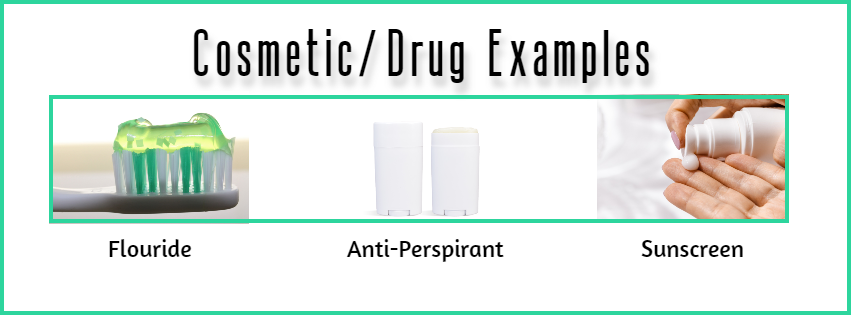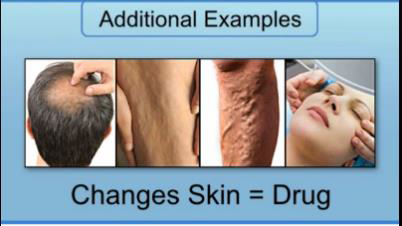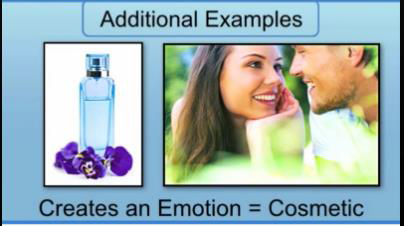Drug and Cosmetic Regulation Basic OverviewUpdated a year ago
The Food and Drug and Cosmetic Act defines and regulates Soaps, Lotions and Cosmetics.
The FDCA defines cosmetics by their intended use. Specifically, articles that intended to be Rubbed, Poured, Sprinkled or Sprayed on, introduced into or otherwise applied to the human body for cleansing, beautifying, promoting attractiveness, or altering appearance are considered cosmetics.
The FDCA defines cosmetics by their intended use. Specifically, articles that intended to be Rubbed, Poured, Sprinkled or Sprayed on, introduced into or otherwise applied to the human body for cleansing, beautifying, promoting attractiveness, or altering appearance are considered cosmetics.
If a product meets the cosmetic definition, it falls under the FDA’s Umbrella and must meet the Food Drug and Cosmetic Act regulation for color additives, good manufacturing guidelines and labeling. The FDA does not require cosmetics to be submitted for approval prior to being sold. They do not do inspections or testing unless there are problems.
You DO need to comply with their approved color additives and you do need to properly label your product.
You DO need to comply with their approved color additives and you do need to properly label your product.
Some of the products which are considered cosmetic are:
Skin Moisturizers
Perfumes
Lipsticks
Fingernail Polishes
Eye and Facial Makeup Preparations
Shampoos
Permanent Waves
Hair Colors
Toothpaste
Deodorant
As well as any other material used as a component of a cosmetic product.
The FDCA also defines drugs by their intended use. Drugs are “Articles intended in the diagnosis, cure, mitigation, treatment or prevention of disease. Articles (other than food) intended to affect the structure or any function of the body.”
Some products meet the definition of both Cosmetics and Drugs. This may happen when the product has two intended uses. These products must comply with the requirements for both cosmetics and drugs.
For example: A shampoo is a cosmetic because its intended use is to cleanse the hair but a Anti-Dandruff Treatment is a drug because its intended use is to treat dandruff. Therefore a Anti-Dandruff Shampoo is considered both a Cosmetic and a Drug.
Additional examples of Cosmetic/Drug combinations are:
Toothpaste that contain fluoride.
Deodorants that are also antiperspirants
Moisturizers marketed with sun production claims
Toothpaste that contain fluoride.
Deodorants that are also antiperspirants
Moisturizers marketed with sun production claims

Since intended use is significant in the definition of a cosmetic and a drug, let’s look at additional examples:
- Products that claim to restore hair growth, reduce cellulite, treat varicose veins or revitalize cells are all considered drugs.

- Fragrance products marketing attractiveness are considered

- An essential oil marketed with certain aroma therapy claims such as the scent will help the consumer sleep or quit smoking, meets the definition of a drug.

These are only a few examples to help you understand the important differences between Cosmetics and Drugs.
Links to FDA Website: